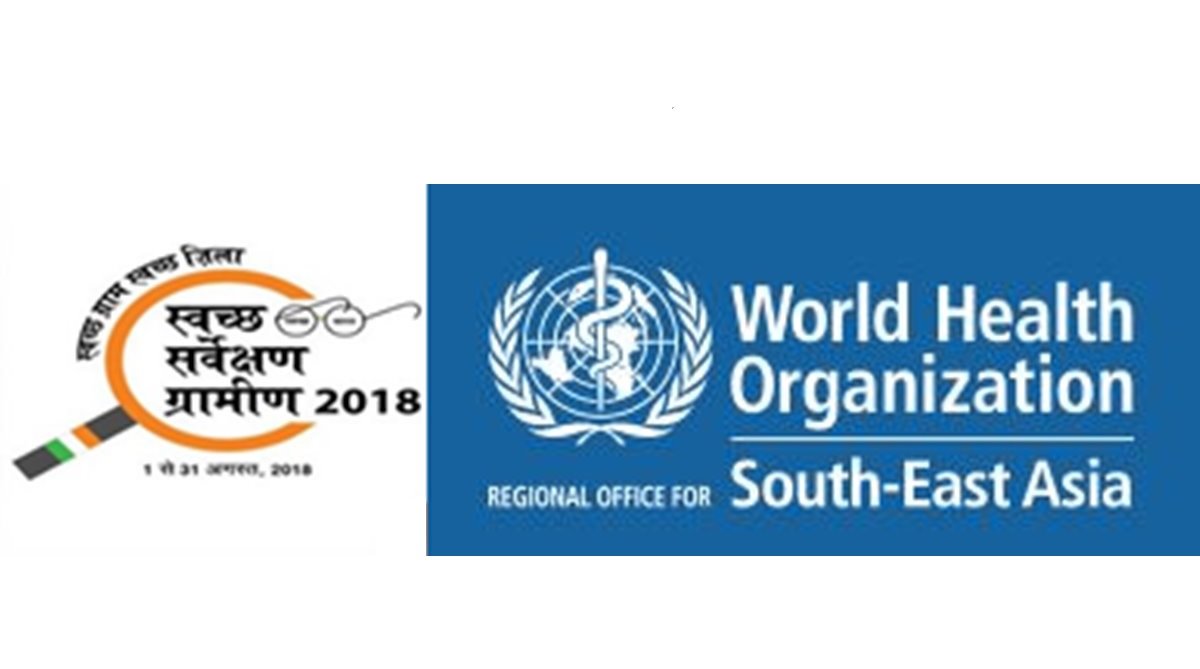Assuming Swachh Bharat Mission will achieve 100 per cent coverage by October 2019, the World Health Organization (WHO) believes the safe sanitation services would be able to avert up to 3,00,000 deaths due to diarrheal disease and protein-energy malnutrition (PEM) since 2014.
WHO has praised India for its “accelerated coverage of safe sanitation services” since the launch of Swachh Bharat Mission in 2014.
Advertisement
The initial results of a WHO modelling study on the health impact of the Swachh Bharat Mission Gramin (SBM-G) outline that the work done so far towards ending open defecation will have a substantial effect on the burden of diarrheal disease and PEM by reducing mortality and accumulative Disability Adjusted Life Years (DALYs). DALYs is the sum of the years of life lost due to premature mortality and years lost due to disability or ill-health.
READ | DRP Korea and Timor-Leste eliminate measles, six countries achieve rubella control
According to WHO’s calculations, the initiative could result in over 14 million more years of healthy life in the period measured, with the benefits accruing yearly thereafter, provided all sanitation services are used. Before 2014, unsafe sanitation caused an estimated 199 million cases of diarrhea annually. The study shows the problem will almost be eliminated when a universal use of safe sanitation facilities is achieved.
“India’s commitment and progress towards these outcomes is reflected in the fact that household sanitation coverage has dramatically increased from an estimated 2% per year before the initiative to more than 13% annually between 2016 and 2018,” says Dr Poonam Khetrapal Singh, WHO Regional Director for South-East Asia.
She believes the recent allocation of up to Rs 15 000 crore as ‘extra budgetary resources’ for the SBM-G project during the current fiscal holds out the potential for further gains, “not only for India, but also the WHO South-East Asia Region and the world”. Globally, according to WHO, diarrheal disease is the second leading cause of under-five mortality, while lack of clean water and sanitation is also a major contributor to malnutrition.
READ | Breastfeeding strongest foundation for lifelong health and optimal nutrition: WHO
“Notably, the broader health impact of India’s commitment to accelerated sanitation coverage (which the present study does not consider) is likely to be significant. This includes improved overall nutritional status and reduced incidence of infectious diseases such as neglected tropical diseases and acute respiratory infections, as well as vector-borne diseases,” says Singh. Moreover, she adds, the estimations apply to the health impacts from improvements in sanitation coverage only, “meaning it is possible that the broader mission has produced additional health gains through changes in personal hygiene and the consumption of safe drinking water”.
According to Singh, WHO has worked closely with the Government of India (GoI) to scale up access to sanitation services, including by providing technical assistance via India’s 2017 participation in the Global Analysis and Assessment of Sanitation and Drinking-Water Survey. The survey is a tool to provide policymakers actionable data to help form sound policies. WHO says it has also worked with partners to support India implement the world body’s guidelines for safe water and sanitation planning.











